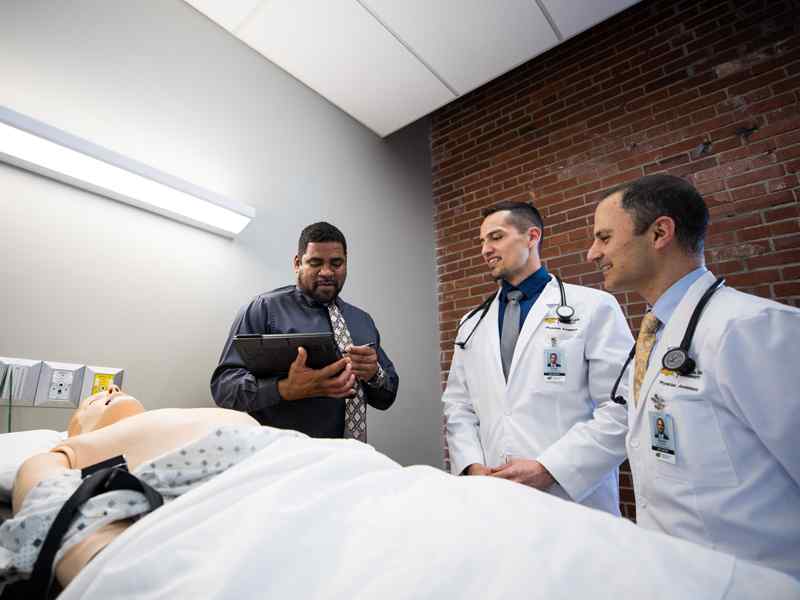Nystagmus is a kind of unmanageable eye movement affecting roughly 1 inch every 2,000 individuals, it’s characterised by alternating smooth eye movement one way and saccadic (abrupt, short) movement within the alternative route. Movement is generally forward and backward but, sometimes movement may be up minimizing or even circular. Nystagmus isn’t painful and doesn’t result in progressive inadequate vision

Kinds of Nystagmus
There are other than 40 several kinds of nystagmus but they’re usually classified into two fundamental groups:
- Nystagmus present from at the outset of existence, is called early onset nystagmus, or hereditary nystagmus, it frequently includes vision loss acquired at birth or soon after and is often the initial signs the kid includes not enough vision.
- Nystagmus which develops later around is known as Acquired Nystagmus.
Reasons for Nystagmus
- Early onset nystagmus: Pediatric Nystagmus may finish up out of your trouble with how well you see or possibly the visual pathways leading inside the brain for that eyes. This type of nystagmus is generally first observed between 6 days and eight days old and it is connected with albinism, optic nerve problems or retina problems. There’s prone to finish up an inherited factor and extremely doctors have lately announced a breakthrough within the discovery in the gene connected with nystagmus which holds great promise for future treatments.

Many patients haven’t any eye, brain or any other health condition and in such instances the problem is referred to as hereditary idiopathic nystagmus (and so the nystagmus starts early along with the cause is unknown). Nystagmus connected with albinism has characteristics much like idiopathic nystagmus truly is absent until whenever you hit 2 a few days. Nystagmus can be found in kids with Down’s syndrome.
- Acquired nystagmus: Nystagmus can be purchased later around because of nerve disorder as being a mind injuries, ms or brain tumors. Nystagmus may also be introduced on by lesions within the cerebellum, negligence the brainstem in which the vestibular cranial nerve arises or further within the vestibular pathways.
Signs and Signs and signs and signs and symptoms of Nystagmus
Nystagmus is connected with reduced vision, constant movement within the eyes which will worsen with tiredness or stress, fluctuations in visual skill, sometimes with mind nodding and often your mind is transported inside an position along with the eyes are stored to a single side (this slows the movement, supplying a null point and enables for a lot better vision). Patients with nystagmus frequently occasions produce vision difficulties for example astigmatism that need prescription eyeglasses and strabismus. Impairment to binocular vision is common with early onset nystagmus and depth perception is not directly impaired in a number of patients.


